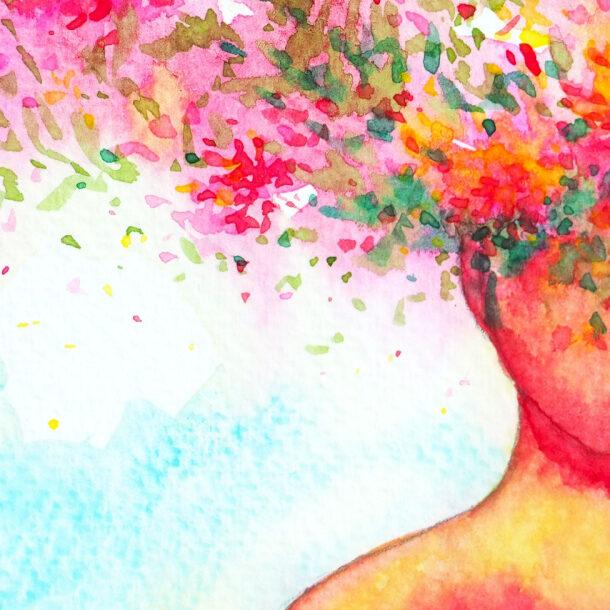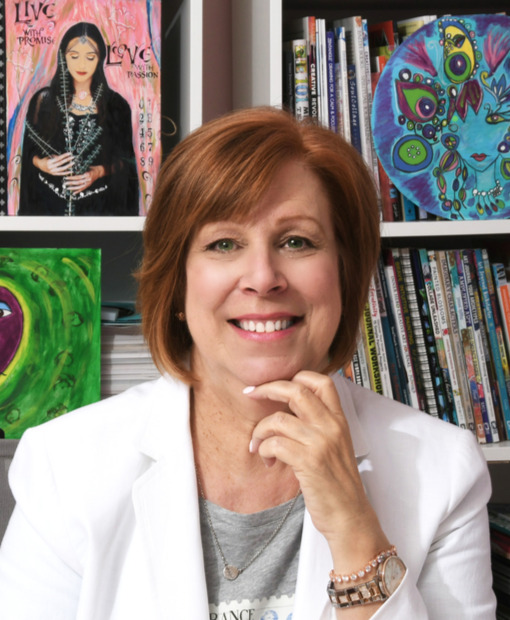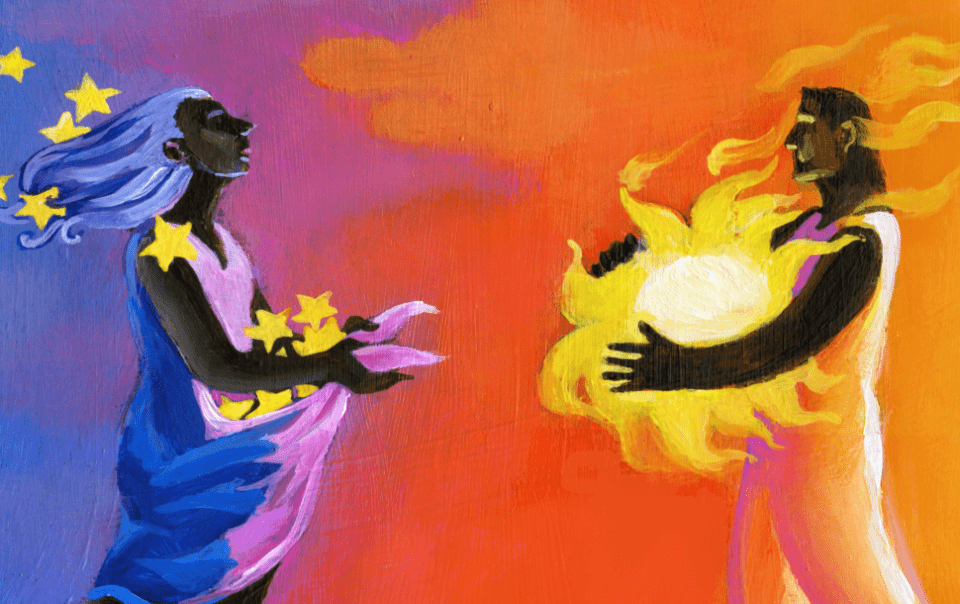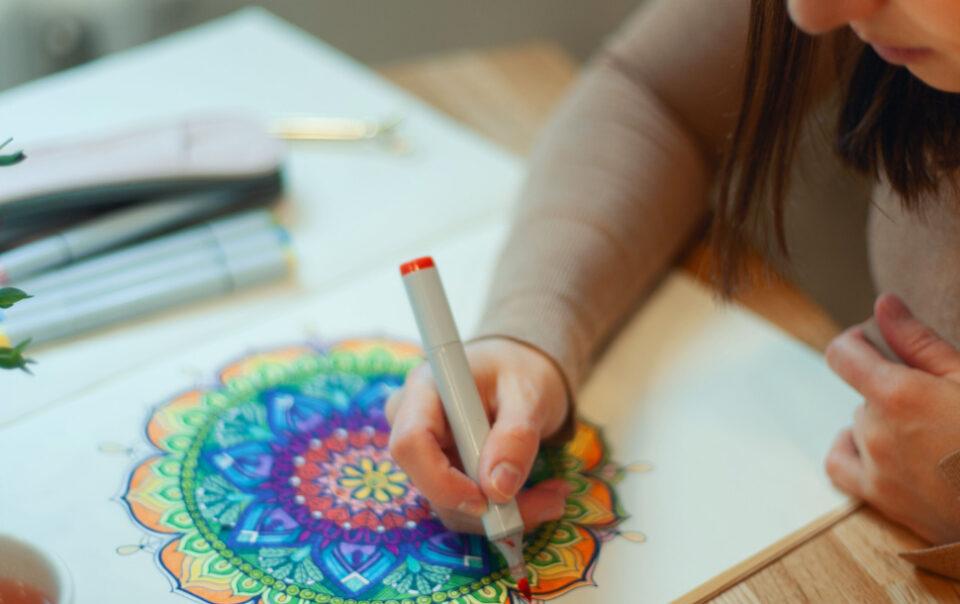
The individuation process is the journey of self-discovery and becoming a unique, whole individual. It is a term coined by the Swiss psychiatrist Carl Jung, who believed that each person has an innate drive towards self-realization and that this process requires conscious awareness of one’s own thoughts, feelings, and actions.
Visual journaling is a form of self-expression that combines writing with visual art. It involves using a journal or sketchbook to record thoughts, ideas, and experiences through images, colors, and text. Visual journaling has been shown to be a powerful tool for supporting the individuation process.
One of the ways in which visual journaling supports individuation is by providing a safe space for self-expression. Often, people have feelings, thoughts, and experiences that they do not feel comfortable sharing with others. Visual journaling allows individuals to express themselves in a way that is private and non-judgmental. Through creating, individuals can process and work through difficult emotions, thoughts, and experiences, which can lead to greater self-awareness and understanding.
Visual journaling also allows individuals to explore their unconscious thoughts and emotions. Jung believed that the unconscious mind contains a wealth of information and that it is essential to the process of individuation. Visual journaling can be used to tap into the unconscious mind through the use of images and symbols. By creating images that are symbolic of their inner world, individuals can gain insight into their own unconscious thoughts and feelings. This can lead to a greater understanding of oneself and a deeper connection to the unconscious mind.
In addition, visual journaling can be used as a tool for self-reflection. By recording one’s thoughts and experiences, individuals can review and reflect on their progress towards their goals. They can track their growth, identify patterns, and gain insight into what is working and what is not. This can lead to a greater sense of self-awareness and a stronger sense of purpose.
Visual journaling can also be used to explore and express creativity. Jung believed that creativity is an essential aspect of the human psyche and that it is linked to the process of individuation. Through the act of creating, individuals can tap into their creativity and explore new ideas and possibilities. By experimenting with different materials, colors, and techniques, individuals can discover new ways of expressing themselves and gaining insight into their own creativity.
Finally, visual journaling can be used to cultivate a sense of mindfulness and presence. By focusing on the act of creating and the present moment, individuals can develop greater awareness and appreciation for the present moment. This can lead to a greater sense of gratitude and a deeper connection to the world around them.
Visual journaling is a powerful tool for supporting the process of individuation. By providing a safe space for self-expression, exploring the unconscious mind, facilitating self-reflection, cultivating creativity, and promoting mindfulness, visual journaling can help individuals gain greater self-awareness, insight, and understanding. Whether used as a therapeutic tool or simply as a form of self-expression, visual journaling can be valuable for anyone seeking to deepen their understanding of themselves and their place in the world.
Are you looking for more inspiration? Check out our online classes here.

Hi! I'm Terri Altschul
Visual Journaling is a soulful, transformational, and healing process. My aim is to support your journey of individuation and well-being through this unique process of self-inquiry + art materials. I look forward to meeting you!
Join my email list for inspiration and soul guidance.
We are delighted to invite you on a journey of self-discovery, personal growth, and creative expression where transformational coaching and captivating visual journaling converge!




